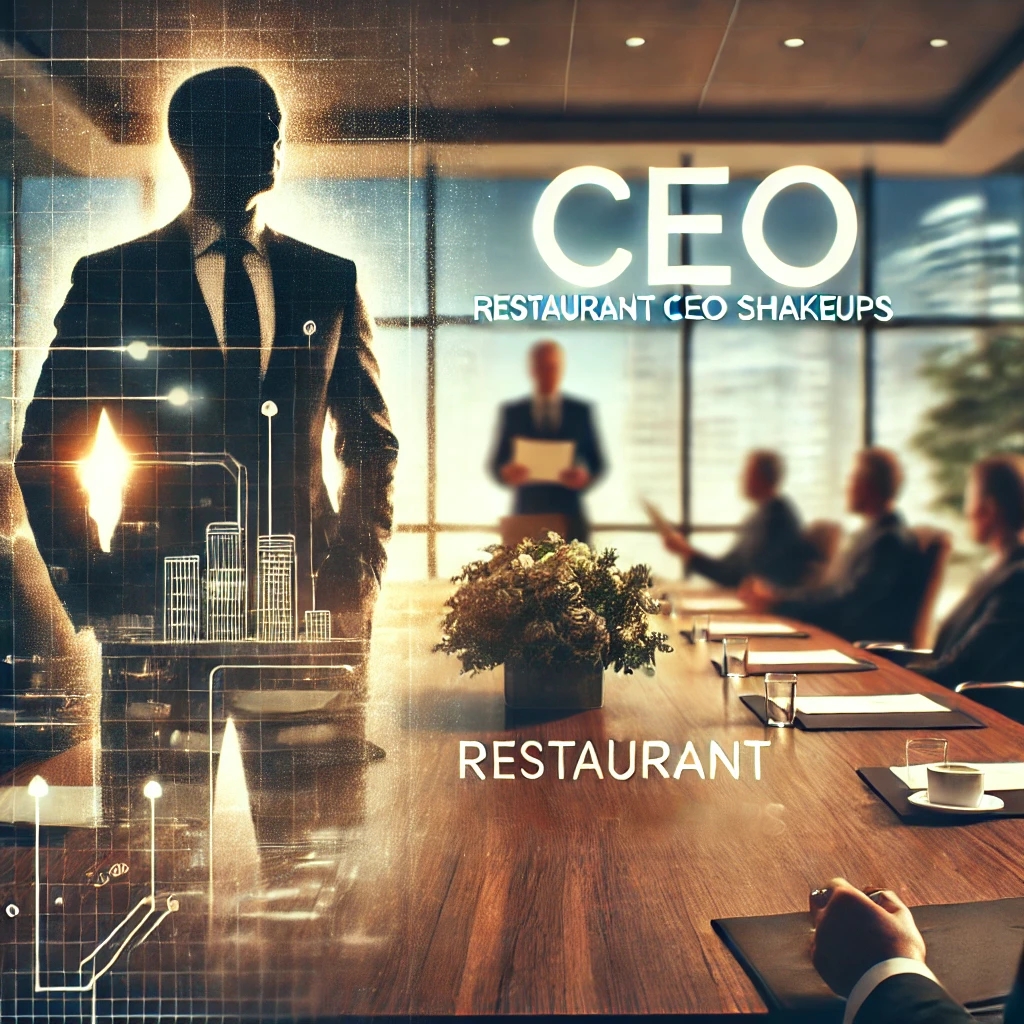A Wave of CEO Transitions Continues to Reshape the Restaurant Industry
Introduction
The restaurant industry is witnessing a flurry of CEO transitions, with leadership changes becoming the norm for many major brands. After a remarkable number of chief executive swaps in August 2024, the trend has carried into September, with five notable restaurant chains shuffling their top leadership in just the first two-and-a-half weeks of the month. This spate of changes follows a turbulent earnings season that saw a widening gap between industry winners and losers, leading many companies to rethink their strategies and leadership.
As the restaurant sector navigates a challenging financial landscape, many of the CEO transitions are happening at brands facing declining sales or shrinking unit volumes. However, not all leadership changes are a sign of trouble, with some indicating planned successions aimed at driving future growth. This article explores the major CEO changes in the restaurant industry, the reasons behind them, and what lies ahead for these companies.
Leadership Transitions Following Earnings Turmoil
The dramatic CEO transitions began after an earnings season that revealed significant disparities between restaurant companies’ performances. Darden Restaurants kicked off the third earnings season of 2024 with a report that set the tone for the industry’s financial outlook. Over the coming weeks, restaurant companies will reveal more about their performance, which could further impact leadership decisions.
Many of the executive changes this month have occurred at companies experiencing declines in sales or unit volumes. Starbucks, for instance, saw the most high-profile CEO departure in August when its North American division leader announced plans to step down in November. The company has since dissolved the role and is now searching for a global chief brand officer, marking its first major executive reshuffling under new CEO Brian Niccol. With Starbucks facing declining sales and a blurred brand identity due to competing pressures, the coffee giant’s new leadership team will face the challenge of reinvigorating the brand.
CEO Movements Across Major Brands
Several well-known brands have seen CEO changes in September, each with varying degrees of impact on their company’s future. One significant move was On the Border losing CEO Lyle Tick to BJ’s Restaurants. Tick, who is now the president and chief concept officer at BJ’s, made the switch after BJ’s replaced its own CEO, Gregory Levin, with board member C. Bradford Richmond as interim leader. These transitions at BJ’s come at a time when the company is looking to stabilize and rethink its growth strategy following a challenging earnings period.
Walk-On’s Sports Bistreaux also made headlines by appointing its third CEO since January 2023, naming Chris Porcelli to lead the sports bar chain. Walk-On’s has experienced an 8% decline in average volume since 2021, but its unit count has continued to grow. Porcelli’s appointment could signal a shift in strategy as the company seeks to reverse sales trends while expanding its footprint.
Positive Signs Amid the Changes
Not all CEO transitions signal trouble for their respective brands. In some cases, the changes indicate a fresh start or a planned succession to maintain momentum. For instance, Red Lobster welcomed Damola Adamolekun as its new CEO on September 16 after successfully completing a restructuring process. Adamolekun’s appointment marks the end of Red Lobster’s Chapter 11 bankruptcy process and the start of what he described as a “new era” for the company. Under his leadership, Red Lobster aims to emerge stronger and more resilient, with plans to drive growth in the competitive seafood dining segment.
Whataburger’s leadership change reflects a well-planned succession, rather than a reaction to declining performance. CEO Ed Nelson, who helped the burger chain reach 1,000 units in January, will step down on January 1, 2025, and be succeeded by Debbie Stroud. This transition is part of a long-term plan to maintain Whataburger’s momentum and continued growth, positioning the company for success in the years to come.
What’s Next for the Restaurant Industry?
With more companies set to report their financial results in the coming weeks, the restaurant industry may see additional leadership changes as brands reassess their strategies in a shifting economic landscape. While some of these changes are driven by financial struggles, others are part of a broader plan to position brands for long-term success. The CEO transitions seen in August and September are reflective of a larger trend of rapid leadership shifts, signaling that restaurants are increasingly looking for new ways to navigate a competitive market.
As earnings reports continue to roll in, the industry will be watching closely to see if these CEO changes lead to improved financial performance and greater brand stability. For now, these transitions mark a significant moment for the restaurant sector, as companies seek to realign their leadership with their strategic goals.

